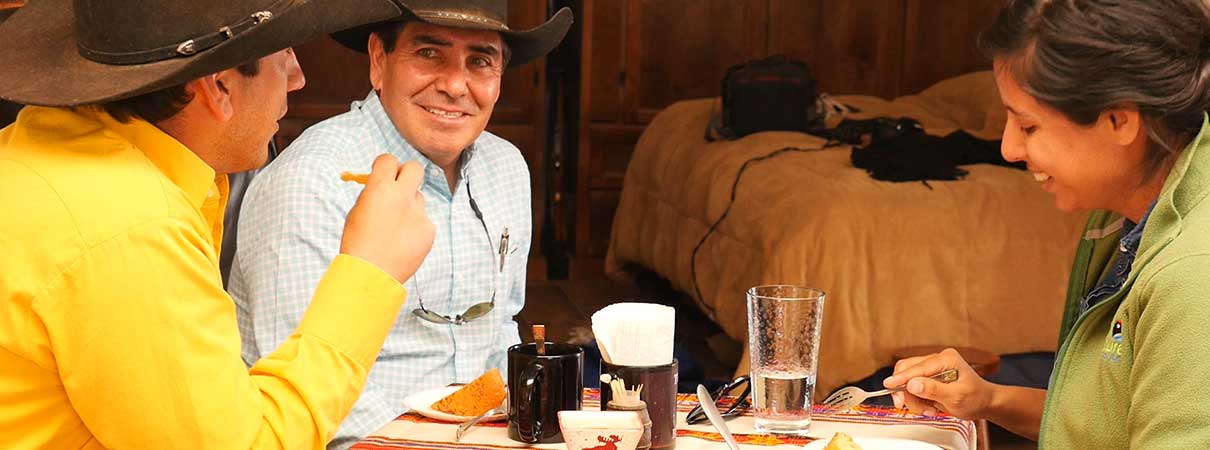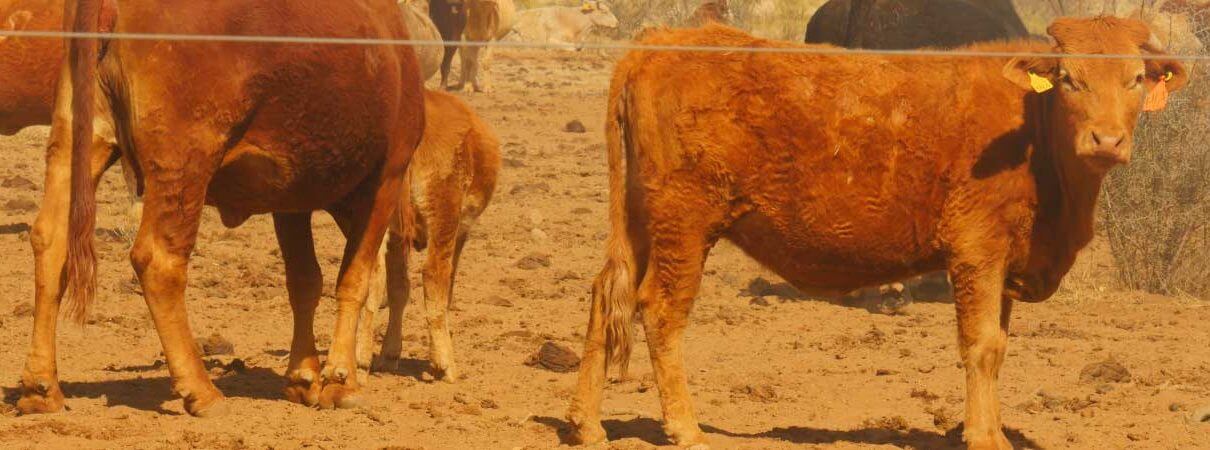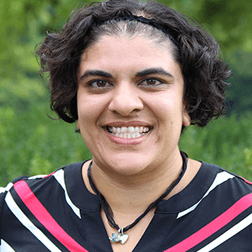Cake and Conservation
Laughter floats through Rubén and Gabriela Borunda's house on a hot, dry day in the Valles Centrales region of Mexico. Sitting at the kitchen table, Gabriela urges me and Iris Banda and Jorge Contreras Villarreal, both staff at Pronatura Noreste, to eat cake with our coffee. We have just driven two-plus hours from Chihuahua City to the Borundas' ranch, Coyamito, and cake and coffee are just the right pick-me-up.

Coyamito Ranch uses sustainable grazing practices to implement grassland restoration projects to benefit birds. Photo by Aditi Desai
I am visiting from American Bird Conservancy's D.C. office to see what grassland restoration for bird conservation looks like. And Coyamito is the perfect destination to see this work in action. But first: cake.
The talk flows from updates on family members to the current market price of cattle. The warmth and camaraderie between Iris and the Borundas is apparent. After working together for five years, they know each other well.

Iris, Rubén, and Jorge (right to left) chat in the kitchen. Friendly discussions, such as this one, help strengthen the partnerships necessary to successfully complete conservation projects, such as the grassland restoration work that is benefiting birds and other wildlife in Mexico's Valles Centrales BirdScape. Photo by Aditi Desai
What does sharing cake have to do with conservation? Everything. Rather than a waste of time, this is the type of informal meeting that is essential to building a long-lasting conservation partnership. It's less about the cake and more about the discussion. And the Borundas' ranch is a prime example of how birds and people can both stand to benefit from this work.

Chestnut-collared Longspur and other grassland birds stand to benefit from sustainable grazing practices and grassland restoration in the region. Photo by All Canada Photos, Alamy Stock Photo
Community Wildlife Champions
Community partners, such as Rubén and Gabriela, are at the heart of successful grassland restoration. Here in Valles Centrales — an ABC BirdScape — much of the land is privately owned and used for cattle ranching. Overgrazing took a toll on the land, and bird habitat was dwindling. With support from ABC, Pronatura Noreste set out to find community members with the type of land that would provide critical wintering habitat for migratory birds and the type of vision to adapt their ranching practices. This was no easy feat. But the Borundas fit the bill.

Rubén and Gabriela Borundas began using sustainable grazing practices at their Coyamito Ranch in 2012. Photo by Aditi Desai
Thoughtful. Passionate. Curious. Rubén and Gabriela were open to change. Conversation in the kitchen ultimately led to conservation on the ground. With input from Pronatura Noreste, the Borundas implemented sustainable grazing practices at Coyamito in 2012. "This land is a legacy from my grandparents,” says Rubén Borunda. “I've committed to passing this ranch to my children even better than it was when I received it. I feel content when I see wildlife here. Wildlife is an indicator that I'm making the right choices.”

Rubén and Gabriela Borunda enjoy watching wildlife at sunset. Their sightings provide welcome proof of the success of the Borunda's grassland restoration efforts. Photo by Aditi Desai
Grasses for the Birds
After we polish off our cake, Rubén leads us out to the property to share updates and progress. Five years in and the land is alive. Grasses thrive under the rotational grazing practices, and sparrows take advantage.
White-crowned, Lark, Vesper, Savannah and many other sparrows rely on Chihuahuan Desert grasslands in the winter. These and other migratory birds forage and live in this arid environment until they are ready to head north in the spring. Managing habitat for them is key to the survival of many grassland bird species.
As we walk around the ranch, Rubén's love for the land is evident. His commitment and passion shine through when he talks about rotational grazing, wildlife, and passing on quality land to his children. Grassland restoration at Coyamito exemplifies the success of strong partnerships.
To learn more about the benefits of sustainable cattle ranching to bird conservation, read In Mexico, Grassland Birds Thrive Under New Approach to Cattle Ranching, from the fall 2015 edition of ABC's Bird Conservation magazine.
Editor's Note: ABC's work in the Chihuahuan grasslands is made possible by the generous support of Jonathan Franzen and with the support of the Rio Grande Joint Venture. Additional funding for this project was provided in part by the Neotropical Migratory Bird Conservation Act and the states of Iowa, Kansas, Nebraska, Oklahoma, and South Dakota through Southern Wings.
 Aditi Desai is Director of Multimedia and Assistant Director of Communications at ABC. Her storytelling work has taken her from the prairies of North Dakota to the beaches of Honduras. She spent a week filming in the grasslands of Mexico and has a soft spot for White-throated Sparrows.
Aditi Desai is Director of Multimedia and Assistant Director of Communications at ABC. Her storytelling work has taken her from the prairies of North Dakota to the beaches of Honduras. She spent a week filming in the grasslands of Mexico and has a soft spot for White-throated Sparrows.


















































